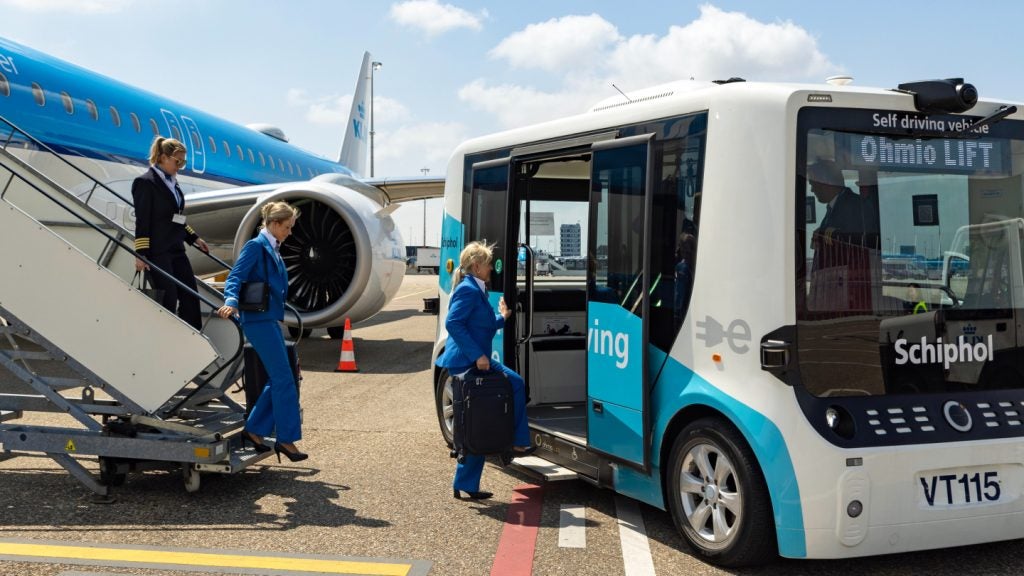German air navigation service provider (ANSP) DFS, together with software company Gesellschaft für Luftverkehrsinformatik (GLVI), has developed a new system to help air traffic controllers monitor flight paths.
The new controller assistance tool (CATO) has been developed as part of the Single European Sky Air Traffic Management Research (SESAR) programme.
While conducting large-scale simulations using the new system, air traffic controllers were able to manage up to 20% more traffic, while enhancing safety.
The support tool enables the controllers to detect and address potential conflicts.
The system provides information to the controller about flight levels and headings that are conflict-free and can be issued for individual aircraft.
CATO uses software algorithms developed by GLVI for DFS. This facilitates real-time conflict detection and resolution.
How well do you really know your competitors?
Access the most comprehensive Company Profiles on the market, powered by GlobalData. Save hours of research. Gain competitive edge.

Thank you!
Your download email will arrive shortly
Not ready to buy yet? Download a free sample
We are confident about the unique quality of our Company Profiles. However, we want you to make the most beneficial decision for your business, so we offer a free sample that you can download by submitting the below form
By GlobalDataDFS managing director Robert Schickling said: “From a technical perspective, CATO algorithms are unique because of their high level of performance.
“Large-scale simulations, at times with extremely high traffic volumes, have shown that controller productivity and airspace capacity could be increased considerably.
“The next step will be to gradually implement the functions into our future air traffic control system iCAS along with our European partners from the iTEC initiative who are working on similar solutions.”
DFS Planning and Innovation division director Ralf Bertsch said that the fast processing speed of the tested algorithm is essential to ensure further automation in air traffic control.
Since 2011, DFS and GLVI have been collaborating to develop the new assistance tool.
The project has been funded by the SESAR programme.






